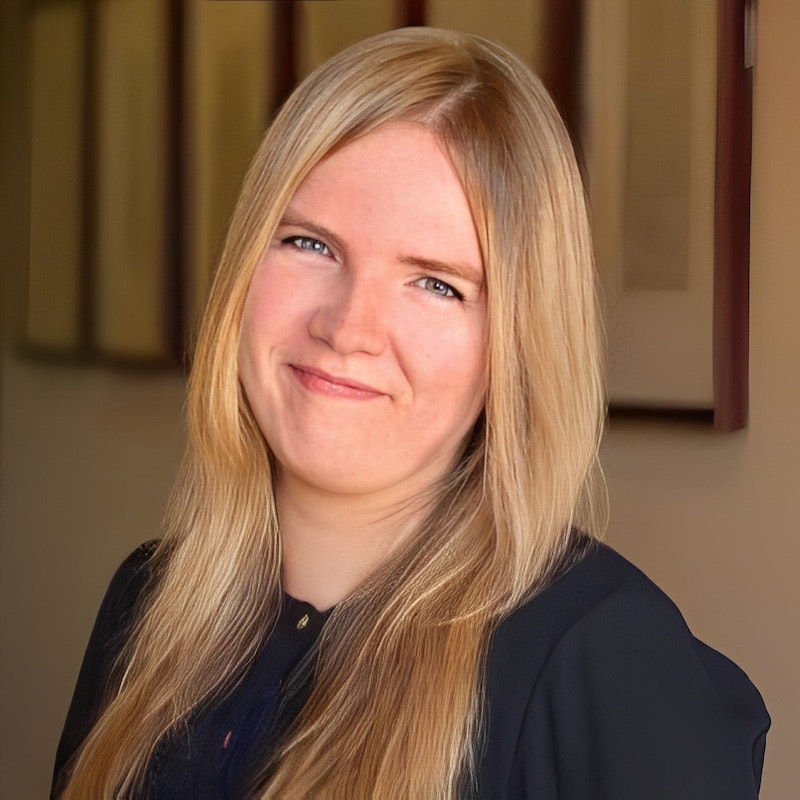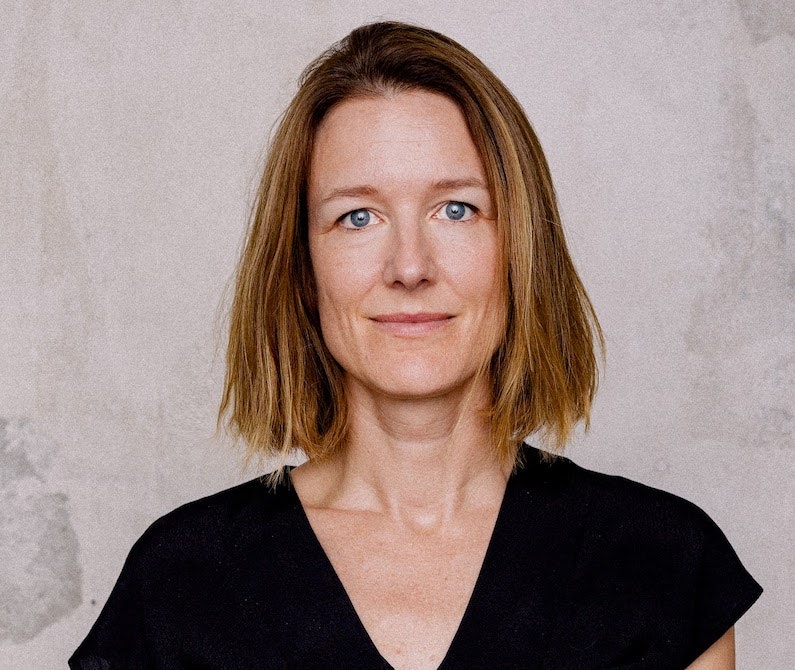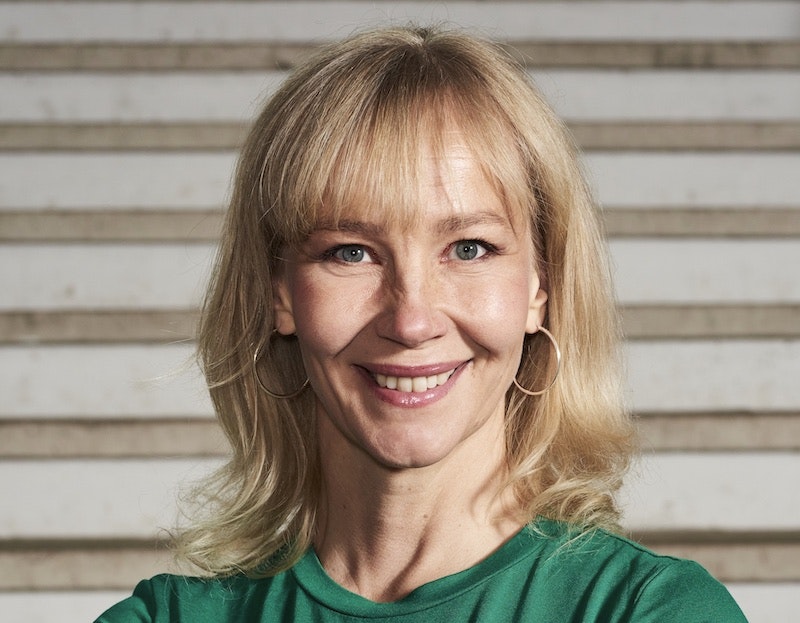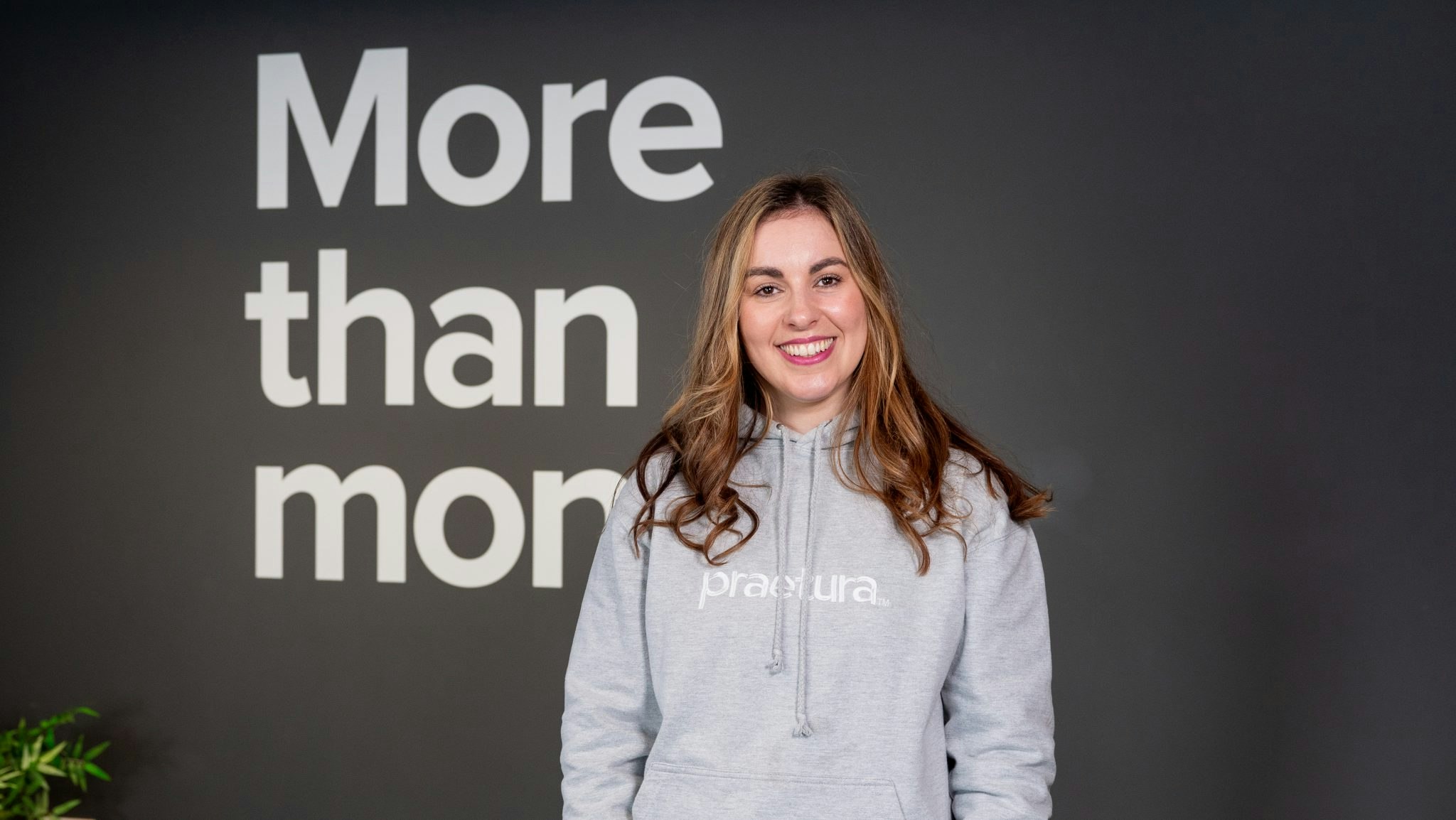2023 might not be as lucrative for emerging fund managers as the free-flowing money days of 2021, but that hasn’t stopped a crew of folk setting up first-time funds this year anyway. Among them are a growing number of solo GPs raising alone.
But setting up a fund is easier said than done. There’s a lot to consider — from the legal aspects and hiring to finding LPs. So, where should you begin?
Setting a strategy
According to Gloria Bäuerlein, a solo GP and founding partner at Puzzle Ventures, a fund manager first needs to decide on an investment strategy. This includes:
- The types of startups to invest in (B2B software, fintech, biotech, consumer goods and so on);
- The stage (seed, venture, growth);
- The geographical focus (Europe, US, global);
- The target ownership and role (lead vs follower);
- The number of portfolio companies per fund (concentrated, balanced or distributed portfolio).
That then informs who you seek out to invest in your fund. You “need to understand who [your] limited partners (LPs) or investors in the fund are likely going to be,” says Bäuerlein. “Depending on their track record, investment strategy, fund size, network and experience, this will be a combination of public investors — like European Investment Fund, British Business Bank or KfW — pension funds, endowments, fund-of-funds, family offices, founders, other VC partners, corporate and startup executives and other individuals.”

Bäuerlein notes that institutional investors usually run an elaborate due diligence process, need significant time to make an investment decision and are unlikely to commit to first-time or second-time funds if they have not had multiple touchpoints with the fund manager. She adds that individuals often commit after one or two meetings, but invest small amounts and like to see commitments from other investors.
“Building a network of credible and knowledgeable investors, advisors and partners is a cornerstone of a successful VC fund,” says Inka Mero, founder and managing partner at Voima Ventures — which has recently raised its third fund. “Having credible initial cornerstone or household names as LPs like pension funds, unicorn entrepreneurs or family offices is key.
“These relationships provide invaluable insights, mentorship and collaborative opportunities. A strong network enhances the fund’s ability to identify promising startups, make informed investment decisions and navigate the complexities of the startup landscape.”
Creating a pitch deck
A pitch deck is a tool to collect the metrics that LPs want to see in one place. It also allows you to build and hone your narrative as a GP. This is an essential tool to help create awareness of the story behind the fund and why you’re launching it.
Within the deck, summarise the aim of the VC fund in one clear and concise sentence. Once you have this, it becomes easier to build a narrative around your fund. Focus on why you as a team or manager have what it takes to deliver.
Finding LPs
Finding LPs is a crucial piece of the puzzle when launching a VC fund, so it’s important to explore different avenues.
You can start the process by using databases like PitchBook — which provides details on different kinds of investors and what they’ve invested in — to help you identify potential prospects. Now is also the time to leverage your existing network — whether it’s a direct connection or someone you can be introduced to. Targeted referral can be a powerful way to find the right LPs for your fund.
Some other ways of finding and attracting LPs include:
- Doing warehouse investments: warehouse investments are those you acquire before forming a fund to show the types of businesses you’re interested in. This is a way of showing LPs you can attract startups and close deals. There are two types of warehoused deals — the first includes companies in which you have a personal stake, for example as an angel or an advisor, and these deals are incorporated at the stage of fund formation. The second includes companies into which you plan to invest as a fund and where the founder has agreed to hold an allocation for you once LPs have committed cash.
- Launching a microfund: microfunds are smaller than typical venture capital funds and write smaller cheques to early-stage companies. Launching one can be a good way to dip your toes into the investment water, build a reputation for investing and attract LPs to invest in your larger VC fund once you launch. You can also lean on previous angel investments, if you’ve made them.
- Getting a sales manager: for new VC funds, dealflow is initially an outbound process, so a sales manager’s role is to find the best opportunities, teams and companies that fit in with the investment thesis of the fund, and LPs that match that thesis.
The legal stuff
Your mix of LPs determines your fundraising strategy and has implications for the legal structure of your fund. “Most VC funds are structured as tax transparent limited partnerships, ensuring that limited partners do not have to pay taxes in the fund’s jurisdiction and that the LPs’ liability is capped at the amount they’ve invested in the fund,” says Bäuerlein.
“General partners usually choose the legal jurisdiction of the fund based on the local regulatory rules on permitted investor types (professional vs semi-professional vs retail), the minimum investment amount, solicitation rules for foreign investors and the setup and fund admin costs.”
“When contemplating the establishment of a VC fund in the EU, it’s imperative to understand the potential legal structures and the accompanying regulatory landscape,” adds Lena Thiede, cofounding partner at Planet A. “Central to this is the emphasis on investor protection, a cornerstone of the EU’s financial regulatory framework.”
According to Thiede, some commonly used structures within the EU are the German GmbH & Co KG and Luxembourg’s Special Limited Partnership (SCSp) and Reserved Alternative Investment Fund (RAIF). In the UK, the most common legal structure for a fund is an English Limited Partnership.

“When considering the establishment of a VC fund in the EU, it’s essential to weigh the legal and regulatory implications inherent in each jurisdiction and structure,” says Thiede. “Germany’s GmbH & Co KG offers a tried-and-tested model with robust investor protections. Luxembourg’s SCSp and RAIF provide flexibility, speed and tax efficiencies.
“Central to these considerations is the overarching theme of investor protection, ensuring that as the VC landscape evolves, the interests of those fueling innovation remain front and centre.”
EuVECA – The European Venture Capital Fund Regulation
The EuVECA regulation establishes a framework for VC funds targeting startups and SMEs in the EU. Its goal? To ensure standardisation and recognition across member states. Advantages include:
- VC funds with the EuVECA label can market and raise funds across EU member states without needing individual country approvals;
- The label ensures that VC funds adhere to a standardised set of rules, offering investors consistency and reliability.
Regulatory hurdles and investor protection
There are also a series of regulatory hurdles regarding investor protection that VC funds must navigate. The body that oversees regulation differs from country to country.
a) Regulatory authorities
- In Germany, the Bundesanstalt für Finanzdienstleistungsaufsicht (BaFin) oversees financial institutions and ensures adherence to regulations that prioritise transparency and risk management.
- In Luxembourg, the Commission de Surveillance du Secteur Financier (CSSF) performs a similar role, ensuring that funds and other financial entities operate within the confines of the law.
- In the UK, VC fund managers — instead of the fund itself — are regulated by the Financial Conduct Authority (FCA).
- In Norway, the Financial Supervisory Authority of Norway (Finanstilsynet) supervises investment firms and other financial bodies with the aim of promoting stability and well-functioning markets.
b) Regulatory compliance and transparency
To ensure investor protection, VC funds are expected to maintain transparency, especially regarding:
- Investment strategies: If a GP is transparent about its investment strategy, it can be easier for LPs to identify potential issues or areas of improvement.
- Fee structures: When LPs have access to comprehensive information about the fund’s fees, they can make informed decisions about whether or not to invest in the fund. LPs can also hold the fund manager accountable for any excessive or unnecessary costs.
- Potential conflicts of interest: For example, if an investment has been made by two funds established in different years and managed by the same GP, then a conflict may arise between the funds.
- Risk management procedures: Being transparent about potential risks associated with a fund can help set realistic expectations with LPs and consequently build a trusting relationship.
Hiring the right team
Mero believes that when you’re getting a VC fund off the ground, you want a team that’s got experience. She says the core of the team should be investment professionals who know the startup landscape inside out — they’re the ones who sift through potential gems and have access to the most deals.
“Supporting them with dealflow and analysis are usually analysts or associates — both junior and senior who highlight the most promising cases,” says Mero.
“Fund administrators keep things running like a well-oiled machine, and legal advisors and compliance experts make sure we’re on the straight and narrow — for example, we recently introduced impact KPIs for our new investments, taking our ESG processes and approach to the next level.”

Voima Ventures relies on a diverse selection of advisors and venture partners, who are industry leaders or independent angel investors who share their knowledge with the VC to help them make better decisions. Their insights help the firm shape strategies and support its portfolio CEOs and teams in their growth journeys.
“Occasionally, there’s a secret weapon — for us, it’s marketing and communication,” adds Mero. “In our deeptech ecosystem, getting the word out about groundbreaking innovations takes a lot of push. It takes a team to shout and raise awareness, and having one person to coordinate that helps us scale our resources and results.”
Marketing your fund
The final hurdle for your fund is closing, which means you’ve legally secured commitment from LPs for a targeted amount. Only after closing can you engage in any marketing for the fund. After closing is complete, for example, an EU-based fund can be marketed under the rules of EuVECA.
Funds aren’t allowed to publicly market their fundraising efforts outside of previously established personal and professional networks before the close. This is an important element of creating a VC fund to which you must adhere.


